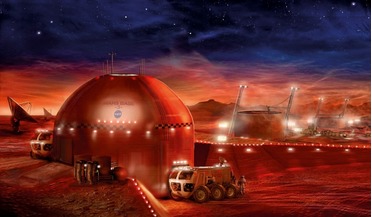 April 2020
Evolutionary lessons for an interplanetary future
April 2020
Evolutionary lessons for an interplanetary future
... rate of evolution is affected by two main factors, both of which are enhanced on Mars. The first is the strength of natural selection, which refers to how big an advantage a particular trait provides. In Galapagos finches, having a beak that is able...
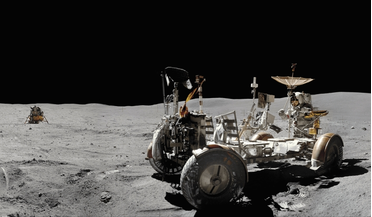 April 2021
Managing the Moon - a model for engaging with planetary environments
April 2021
Managing the Moon - a model for engaging with planetary environments
... its environmental systems and associated biology, rhythms and patterns. It means we can integrate our species with nature, ensuring that we will not continue to inflict ‘mass destruction’ on the places we inhabit. In the context of space exploration...
 03 May 2016
Martian Seasonal Streaks May be Caused by Boiling Water
03 May 2016
Martian Seasonal Streaks May be Caused by Boiling Water
...'s atmosphere, water cannot survive long in liquid form, as it either boils or freezes. In September 2015, a report was published in Nature Geoscience that concluded that the lines on Martian slopes may be streaks of super-salty brine. The report...
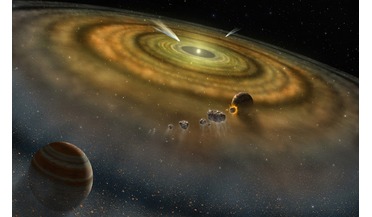 27 August 2018
Meteorites give clues as to how Jupiter was built
27 August 2018
Meteorites give clues as to how Jupiter was built
... to simulate Jupiter’s growth at its present location, a team of scientists whose lead author of the recently published work in Nature is Yann Alibert from Bern University, Switzerland, say it takes both, and that a time limit can be placed...
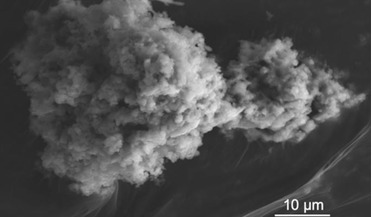 09 April 2021
Around 5,200 tons of extraterrestrial dust falls to Earth each year
09 April 2021
Around 5,200 tons of extraterrestrial dust falls to Earth each year
... from the CNRS (Centre national de la recherche scientifique), the Universite Paris-Saclay and the National Museum of Natural History with the support of the French polar institute, have the answer. And its a lot. Heading...
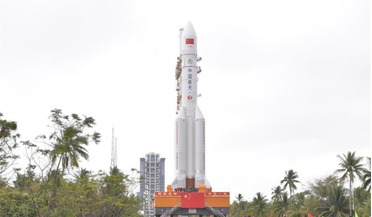 27 August 2021
China funds 5yr study into kilometre-scale ultra-large spacecraft
27 August 2021
China funds 5yr study into kilometre-scale ultra-large spacecraft
... to the nation’s recently published 14th Five-Year Plan (2021-25) report. Released this week by the National Natural Science Foundation of China, the report calls on Chinese scientists to join a five-year project to study the mechanics...